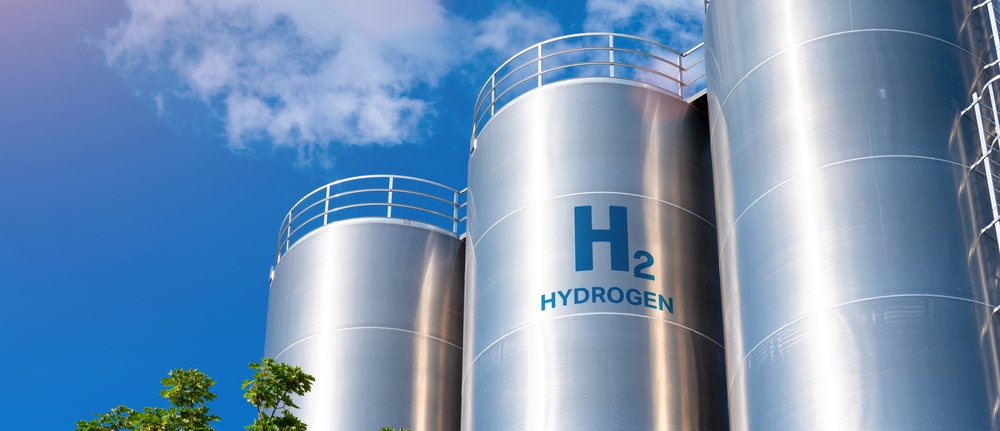Industrial, Regulation, Sourcing Renewables - January 2, 2024
Treasury Dept., IRS Provide Guidance on Hydrogen Production Credit
The U.S. Department of the Treasury and Internal Revenue Service (IRS) released proposed regulations on the Clean Hydrogen Production Credit established by the Inflation Reduction Act (IRA).
“The Biden-Harris Administration is driving American innovation in emerging industries to create good-paying jobs, strengthen U.S. energy security, and help the U.S. clear hurdles in our clean energy transition,” said U.S. Secretary of the Treasury Janet L. Yellen in a statement. “Incentives in the Inflation Reduction Act are helping to scale production of low-carbon fuels like hydrogen and cut emissions from heavy industry, a difficult-to-transition sector of our economy.”
Clean hydrogen has the potential to lower emissions across a range of sectors and applications compared to conventional hydrogen which results in significant climate pollution.
The Clean Hydrogen Production Credit seeks to make the production of clean hydrogen with minimal climate pollution more economically competitive and accelerate development of the U.S. clean hydrogen industry.
These proposed regulations will support the development of a clean hydrogen industry in the U.S. that creates good-paying jobs and lowers carbon emissions.
“Today's announcement will further unprecedented investments in a new, American-led industry as we aim to lead and propel the global clean energy transition,” said U.S. Secretary of Energy Jennifer M. Granholm. “Hydrogen has the potential to clean up America's manufacturing industry, power the transportation sector and shore up our energy security all while delivering good-paying jobs and new economic opportunities to communities in every pocket of America.”
The Treasury Department’s Notice of Proposed Rulemaking (NPRM) provides definitions of key terms in the statute, including lifecycle GHG emissions, qualified clean hydrogen, and qualified clean hydrogen production facility. The safeguards outlined in the proposed rules are critical to preventing the credit from subsidizing hydrogen production with higher lifecycle GHG emissions than allowed by the statute.
The NPRM was developed after extensive consultations with experts across the federal government, particularly the Department of Energy (DOE), which oversees Argonne National Lab’s administration of the GREET model, and the Environmental Protection Agency (EPA), which administers the Clean Air Act. The proposed regulations provide guidance based on the statute’s references to the Clean Air Act and the GREET model.
Share this valuable information with your colleagues using the buttons below:
« Back to NewsStay Up-To-Date












